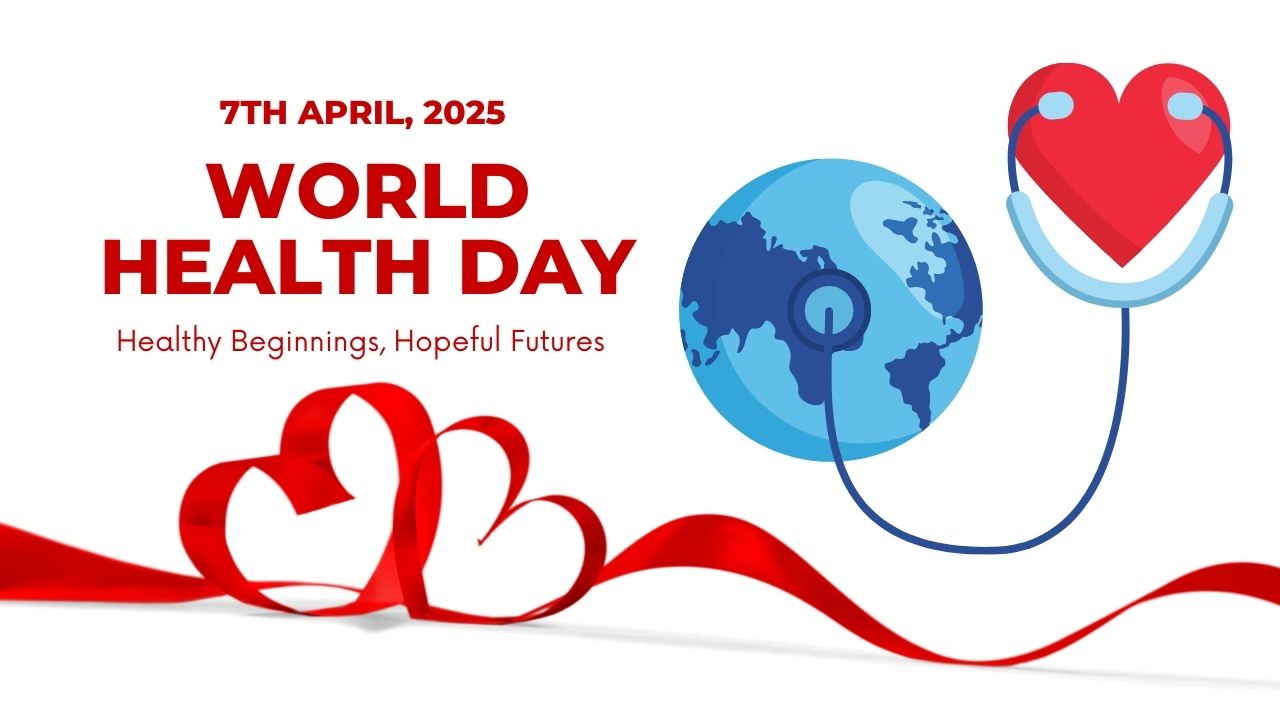So, you’re wondering how long opioid recovery takes? It’s a question that plagues many, whether they’re contemplating entering a treatment program or watching a loved one struggle with addiction. The answer, however, isn’t straightforward. Opioid recovery is a multifaceted journey that varies from person to person, influenced by numerous factors like the duration of addiction, the presence of co-occurring disorders, and individual physiology. This article aims to shed light on what you can generally expect from the opioid recovery process, from recognizing the signs of addiction to navigating treatment programs.
Identifying Opioid Addiction: More Than Just Physical Symptoms
When it comes to opioid addiction, the signs are often more complex than they appear. Sure, there are the textbook symptoms like euphoria, drowsiness, and slowed heart rate. But did you know that opioids can also cause atypical reactions, especially when they’re adulterated? Street opioids are a game of Russian roulette; they can contain anything from talcum powder to fentanyl, leading to symptoms like anxiety, chest pains, and even tremors. Recognizing these signs is crucial, as they can be the first step toward seeking professional help. But remember, addiction isn’t just about the physical symptoms; it’s a psychological battle that often requires comprehensive treatment.
The Opioid Recovery Timeline: A Phased Approach
If you’re envisioning a linear path to recovery, think again. Opioid recovery is more like a roller coaster, complete with ups, downs, and unexpected turns. The initial phase, detox, can start as early as 6 hours after the last dose and may last several days. Symptoms like anxiety, muscle aches, and drug cravings are common and can peak within the first three days. But that’s just the acute phase. Post-acute withdrawal symptoms, or PAWS, can linger for months, manifesting as mood swings, sleep disturbances, and even cognitive issues. So, while the acute withdrawal might be over within a week, the road to full recovery is often much longer and requires ongoing support and treatment.
Navigating Treatment Programs: What to Expect
Entering a treatment program is like embarking on a personalized journey toward recovery. It starts with an intake process that involves a comprehensive assessment of your health and addiction history. This information forms the backbone of your customized treatment plan. Detox is often the first step, and medication-assisted treatment (MAT) may be used to alleviate withdrawal symptoms and cravings. But detox is just the tip of the iceberg. Treatment programs typically incorporate a variety of therapies, including behavioral therapy, to help you understand the root causes of your addiction and equip you with coping skills. Inpatient programs offer the added benefit of 24-hour care, nutritional guidance, and a structured environment, all aimed at facilitating long-lasting recovery.
So, how long does opioid recovery take? The answer is as unique as the individual embarking on the journey. While the acute phase of withdrawal may last a week, the path to full recovery is often a long-term commitment requiring ongoing support and treatment.
The Role of Support Systems: Family, Friends, and Professional Networks
While the medical and therapeutic aspects of opioid recovery are undeniably crucial, the role of a strong support system can’t be overstated. Whether it’s family, friends, or professional networks like therapists and counselors, these pillars of support often make the difference between relapse and long-term recovery. Imagine trying to navigate a maze blindfolded; that’s what addiction recovery can feel like. A support system acts like your eyes and ears, guiding you when you hit a dead-end and cheering you on when you make progress. They can also hold you accountable, ensuring you stick to your treatment plan and attend all therapy sessions. In essence, a robust support system is not just a nice-to-have but often a need-to-have in the complex journey of opioid recovery.
Co-occurring Disorders: The Double-Edged Sword
Another factor that can significantly impact the length and complexity of opioid recovery is the presence of co-occurring disorders. Also known as dual diagnosis, this refers to the simultaneous existence of a substance use disorder alongside another mental health condition, such as depression, anxiety, or bipolar disorder. It’s like fighting a battle on two fronts. Not only do you have to manage the symptoms and cravings associated with opioid addiction, but you also have to address the underlying mental health condition that may have contributed to the addiction in the first place. Treatment for co-occurring disorders is usually more intricate and may require specialized care, extending the timeline for full recovery.
Relapse: A Bump, Not a Dead End
Let’s talk about the elephant in the room: relapse. It’s a word that carries a lot of weight, often tinged with shame and perceived as a sign of failure. But here’s the thing—relapse is a common part of the recovery journey for many people. Think of it as a bump in the road, not a dead end. The key is how you handle it. A relapse can serve as a learning experience, helping you identify triggers and weaknesses in your coping strategies. It’s an opportunity to reassess and adjust your treatment plan, not a reason to abandon it. Most importantly, a relapse doesn’t negate the progress you’ve made; it’s just a signal that more work needs to be done.
The Long-Term Perspective: Recovery as a Lifelong Journey
If you’re looking for a quick fix, you’re in the wrong arena. Opioid recovery is often a lifelong journey, requiring ongoing commitment, support, and sometimes, medication. It’s not uncommon for individuals to continue attending therapy or support group meetings years after their initial treatment. Why? Because recovery isn’t just about abstaining from opioids; it’s about building a new life where opioids no longer have a place. It’s about learning to manage stress, build healthy relationships, and cope with life’s ups and downs without resorting to substance use. In that sense, the question shouldn’t be, “How long does opioid recovery take?” but rather, “What steps can I take to make my recovery as successful and sustainable as possible?”
So, there you have it. Opioid recovery is a complex, multifaceted journey that doesn’t adhere to a one-size-fits-all timeline. It’s influenced by a myriad of factors, from the presence of co-occurring disorders to the strength of your support system. While the acute phase of withdrawal may be relatively short, the path to long-term recovery is often much longer and requires a holistic approach that addresses both the physical and psychological aspects of addiction.









































